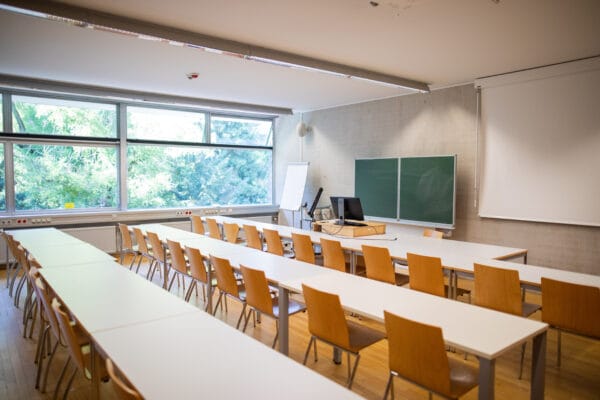
NAME:
SOWI - SR 11
BUILDING:
SOWI
FLOOR:
3
TYPE:
Seminar Room
CAPACITY:
36
ACCESS:
Only Participants
EQUIPMENT:
Beamer, PC, WLAN (Eduroam), Overhead, Flipchart, Blackboard, Handicapped Accessible, LAN
Antibiotic resistance is one of the biggest global threats of the 21st century, affecting not only human health but also ecosystems worldwide. Even relatively remote environments, such as glacial and alpine regions, harbor bacterial communities with both intrinsic and acquired resistance mechanisms. Alpine glaciers serve as valuable indicators of how antibiotic resistance spreads in natural environments far from urbanized areas. For a long time, the role of bacteria in these regions has been underestimated. Yet, glacial meltwater can act as a pathway for resistant microbes to enter downstream ecosystems, potentially increasing selective pressure and accelerating resistance spread. Our research has shown that glacier bacteria can withstand up to eight different antibiotics, including last-resort substances, underscoring the urgent need to better understand these regions in the fight against global antibiotic resistance.
However, as a “One Health” issue, addressing antibiotic resistance requires a collaborative effort among science, healthcare, policymakers, and the general public. Therefore, effective communication is crucial to ensure awareness and behavioral change. Young people, particularly teenagers, represent a key but often overlooked audience in this dialogue. However, their engagement is essential, as they will shape future policies, consumption patterns, and scientific progress.
Here, we explore strategies to effectively communicate the complexities of antibiotic resistance in alpine regions to young audiences. Initiatives such as youth-friendly journal editions (e.g., Frontiers for Young Minds), and interactive outreach activities, can bridge the gap between research and public understanding. By incorporating the challenges and opportunities of these remote landscapes – such as antibiotic dispersal in glacier ecosystems, the role of human activities (e.g., tourism), and the resilience of high-altitude microbial communities – we can make scientific knowledge more tangible and relevant. Approaching young people through reliable communication pathways can foster a better understanding of complex scientific “One Health” challenges, strengthening knowledge on environmental antibiotic resistance, the benefits and risks of antibiotic use, and ways to minimize secondary harms.
